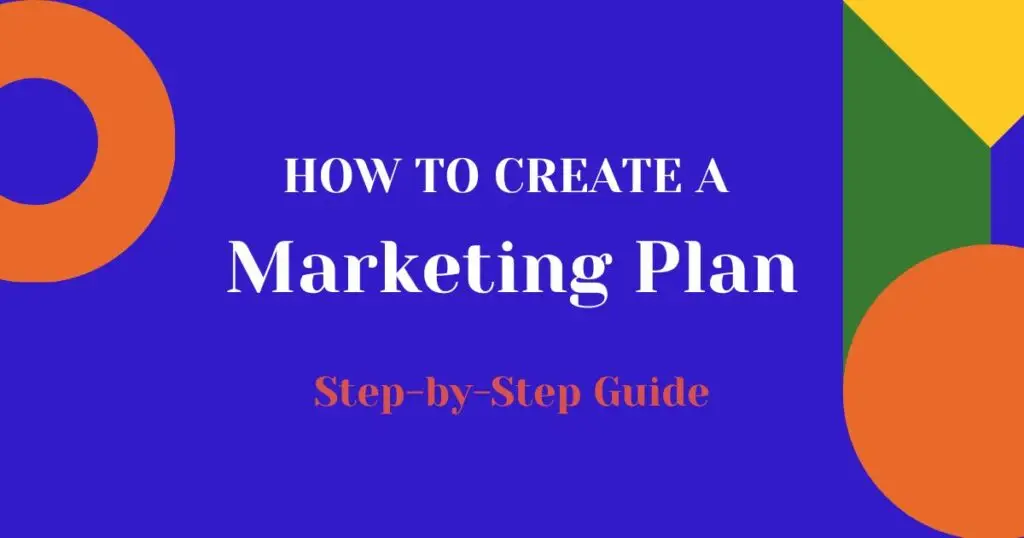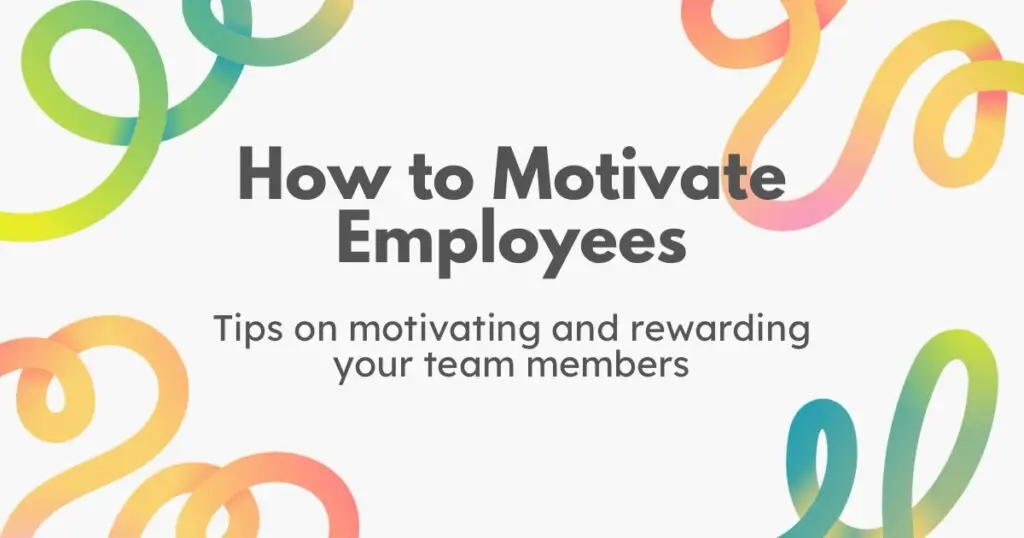You can have a great product, a talented team, and a large marketing budget, but without a clear marketing plan, your efforts might not result in a clear success.
A digital marketing plan keeps everything connected: your business goals, your audience, your channels, your budget, and your results. It helps you move from random activity to deliberate growth.
Whether you’re a founder building your first marketing framework or a marketing professional refreshing your strategy for the year ahead, this guide will walk you through how to create a digital marketing plan – step by step.
What Is a Digital Marketing Plan?
A digital marketing plan is the blueprint for how your business will attract and retain customers online.
It brings together:
- Your objectives – what success looks like
- Your audience – who you’re speaking to
- Your tactics – the channels and content you’ll use
- Your metrics – how you’ll measure progress
In short, it turns your strategy from “ideas” into action.
Step 1: Set Clear, Measurable Goals
Example: Increase qualified leads by 25% within 6 months
Every plan starts with direction. What do you want to achieve – more brand awareness, more traffic, more leads or sales, or all of the above?
When setting your goals, use the SMART goals framework:
Specific – What Exactly do you want to achieve?
“Increase qualified leads by 25%“
Measurable – Can it be measured in numbers?
Achievable – Is your goal realistic based on your budget, timeline and resources?
Relevant – Is your marketing goal aligned with your business objective?
Timebound – Set a clear deadline
“Within 6 months”
When your goals are measurable, your results become meaningful.
Step 2: Define Your Audience
Marketing without understanding your audience is like selling pearls to swine.
Building simple buyer personas or customer profiles from your customer data gives your marketing team an insight into the characteristics of your ideal customer. Include the following:
- Demographics (age, location, job title)
- Key pain points or needs
- Interests
- What motivates them to take action
- Their online behaviors
Don’t guess. Use your CRM data, website analytics, and customer interviews to learn more about what drives real decisions. The better you understand your audience, the sharper your messaging will be.
Step 3: Audit Your Current Position
Before deciding where to go, assess where you are. Conduct a quick SWOT analysis of your digital presence:
- Strengths: What’s working (e.g., engaged email list, high organic reach)
- Weaknesses: Gaps to fix (e.g., low conversion rates, inconsistent content)
- Opportunities: Emerging platforms, untapped audiences, trends
- Threats: Competitors, market shifts, new regulations
Review website performance, ad metrics, SEO ranking, and social engagement. You’ll discover which efforts deserve more focus and which can be cut entirely.
Step 4: Choose the Right Marketing Channels
Your audience isn’t everywhere. Focus your energy where they’re already active.
Here’s how to think about your digital mix:
- Owned media: Your website, blog, and email list (long-term assets you control)
- Earned media: Press, influencer mentions, and organic shares (social proof)
- Paid media: Ads on Google, Meta, or LinkedIn (fast visibility, measurable results)
Tip: Start with 2–3 key channels that align with your strengths and your customers’ habits. You can always expand later as you learn what performs best.
Step 5: Create Your Content Plan
Your content is what gives life to your marketing plan. But it shouldn’t be random.
Think of the buyer journey:
- Awareness: Educational blogs, videos, or infographics that solve a problem.
- Consideration: Case studies, comparisons, or webinars that build trust.
- Decision: Testimonials, demos, or offers that push toward conversion.
Plan your content calendar with purpose – what you’ll publish, when, and why.
Make sure every piece of content points back to a goal, not just a posting schedule.
Step 6: Budget and Resource Allocation
Budgets tell the truth about priorities. Decide how much you’ll spend and where:
- Paid media & Influencer marketing
- Content creation (writers, editors, videographers)
- Tools and software (CRM, email platforms, analytics)
- Training or agency support
An example budget allocation plan:
- 70% for proven strategies
- 20% for testing emerging technologies
- 10% for innovation and experimentation
Step 7: Build a Timeline and Workflow
A plan is only as strong as its execution. Outline your campaign calendar, major launches, and review periods. Use tools like Asana or Notion to keep your team organized.
Include:
- Start and end dates for campaigns
- Responsibilities for each team member
- Key milestones or deliverables
Pro tip: Plan and work in 3 month periods (quarters) – short enough to stay flexible, long enough to gather meaningful results.
Step 8: Measure and Optimize
Once your plan is in motion, keep your eyes on the metrics that matter.
Track:
- Website visits and conversion rates
- Cost per lead and customer acquisition cost (CAC)
- Email open and click-through rates
- Return on ad spend (ROAS)
- Customer lifetime value (CLV)
Use tools like Google Analytics, HubSpot, or your CRM to monitor progress. Review monthly, adjust quarterly, and continuously test what drives the best outcomes.
Step 9: Keep Up with New Technology & Trends
Digital trends shift fast – what worked last quarter might not work next. Keep your plan flexible. Revisit your goals regularly, experiment with new formats, and double down on what’s proving effective.
For more marketing and business insights, visit the Earlybird marketing blog.



